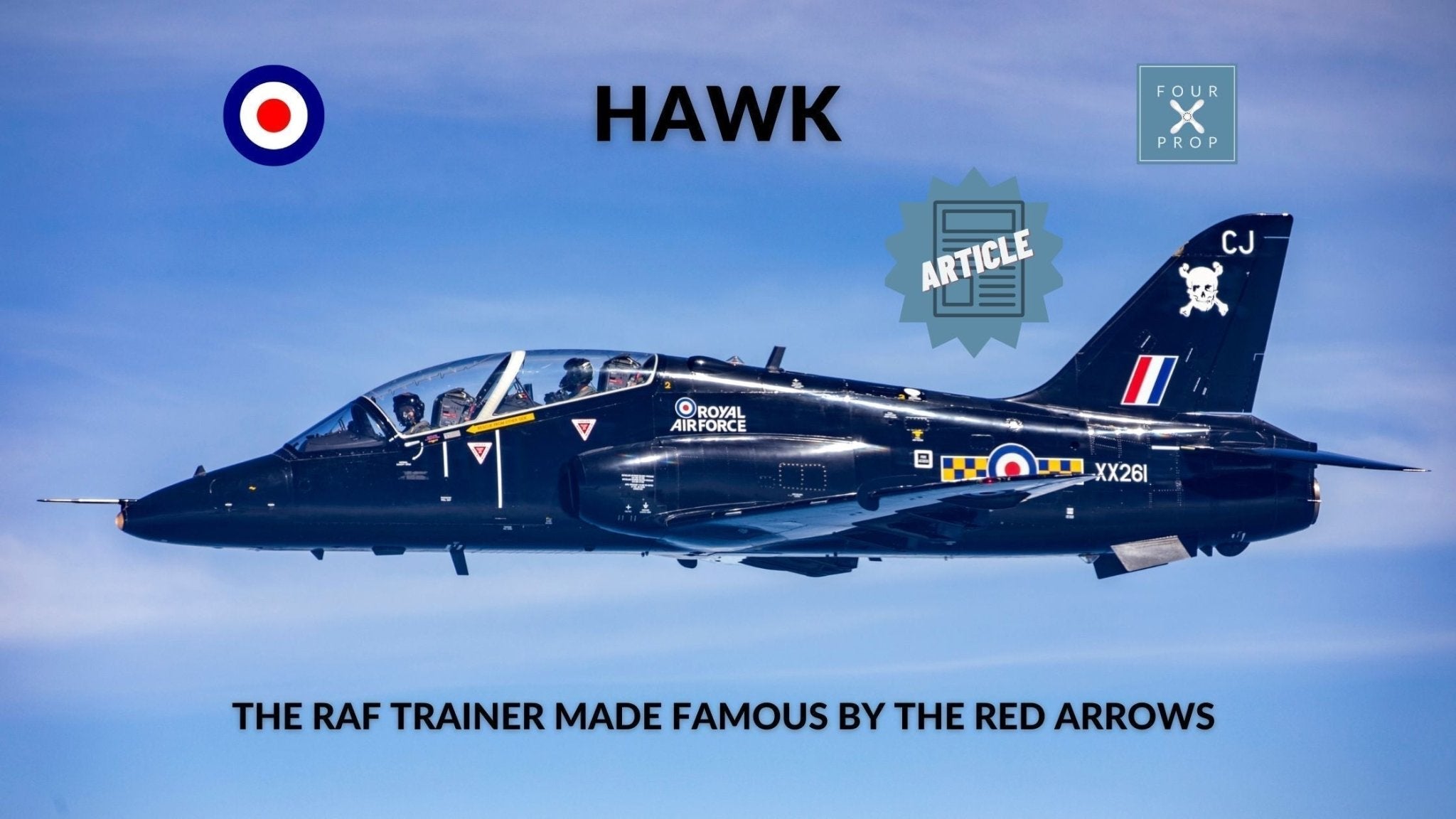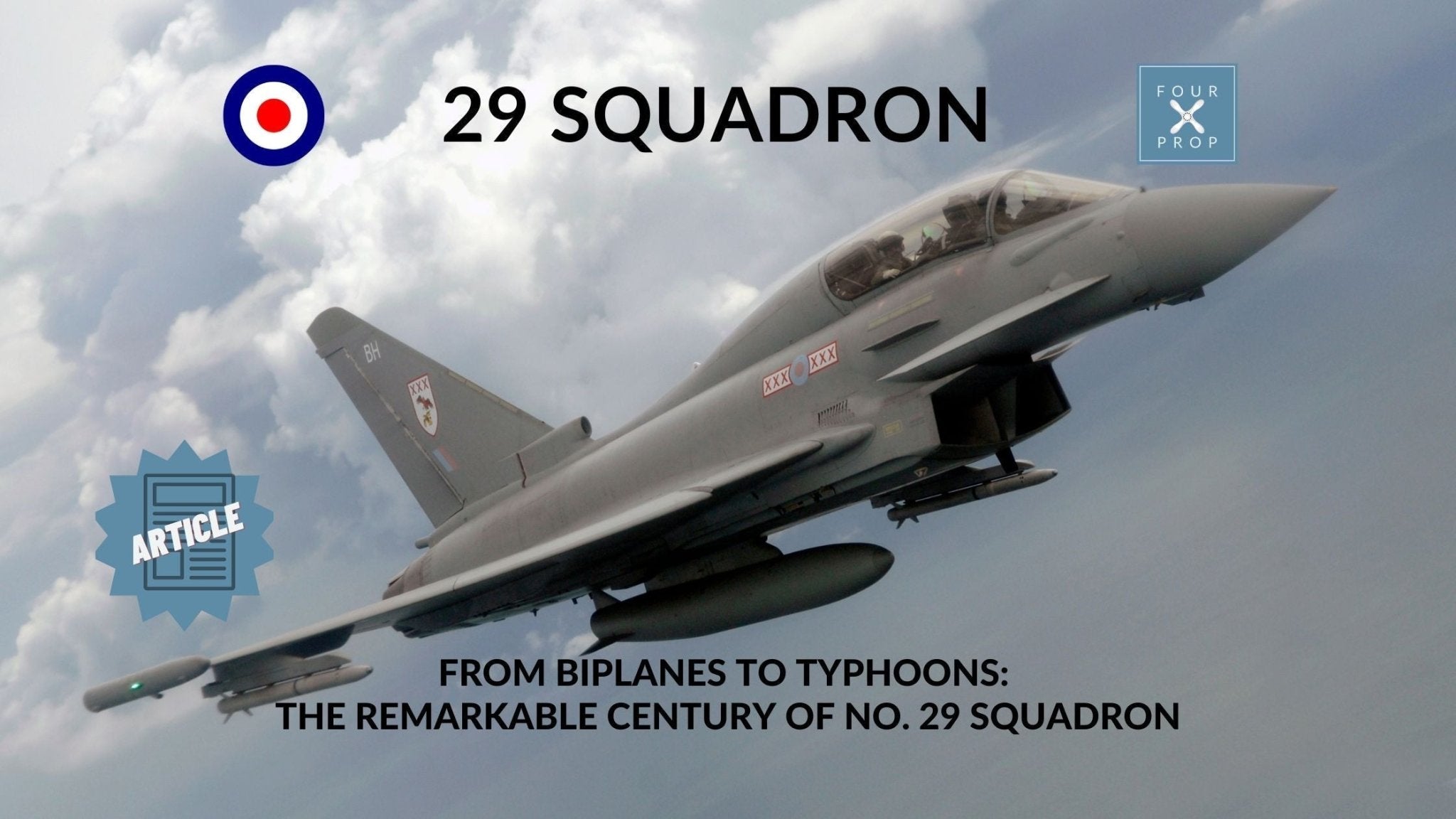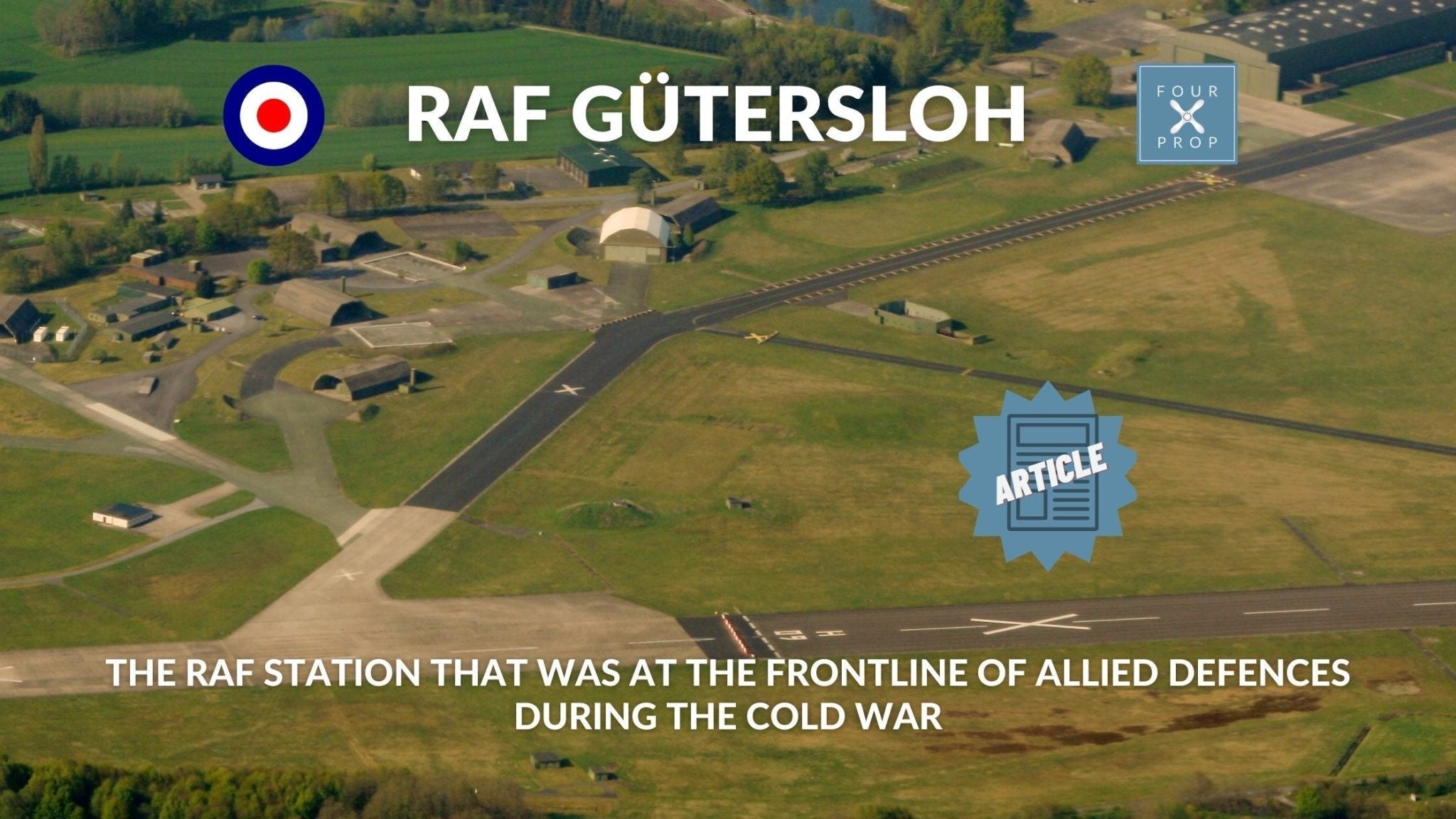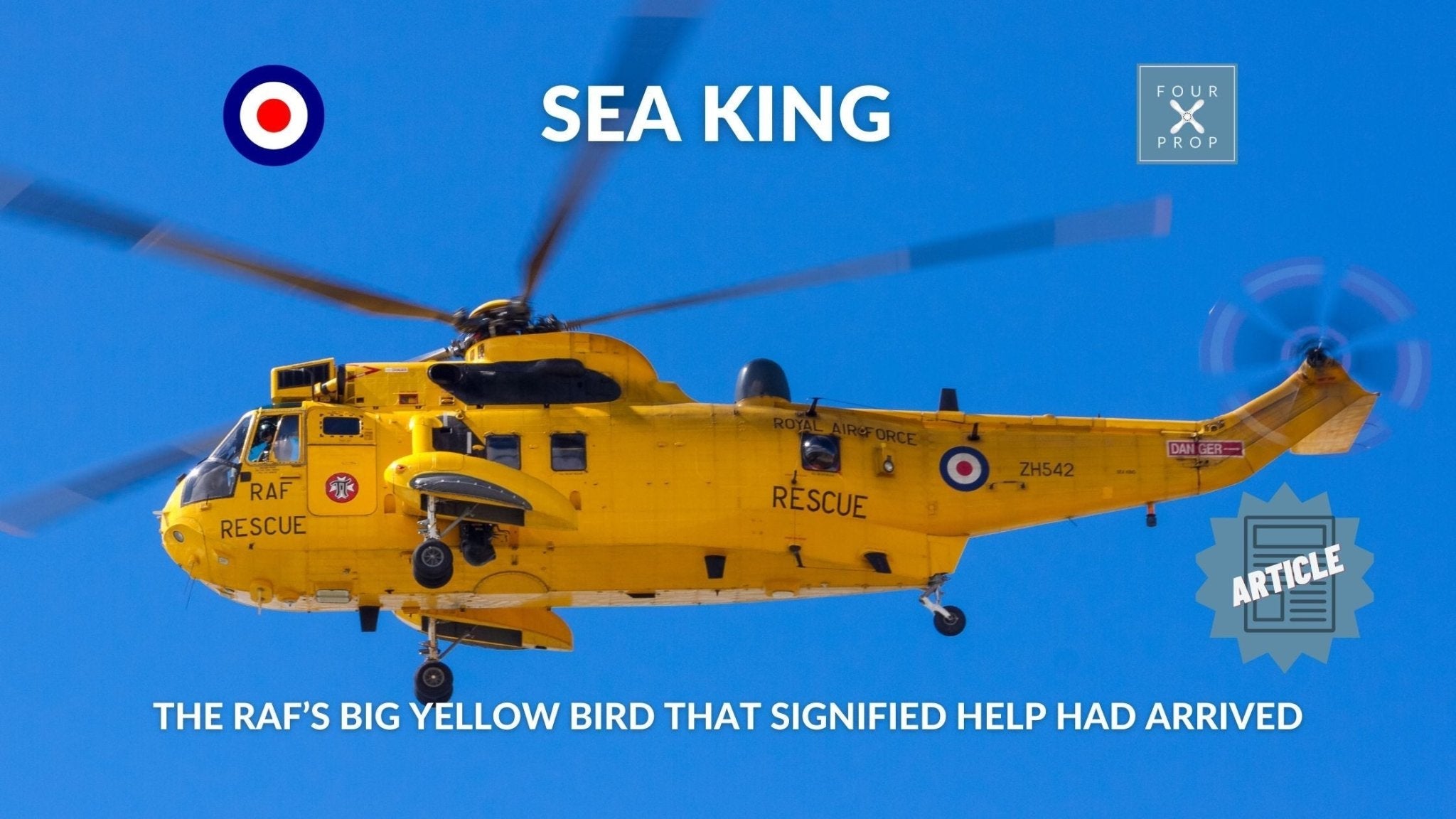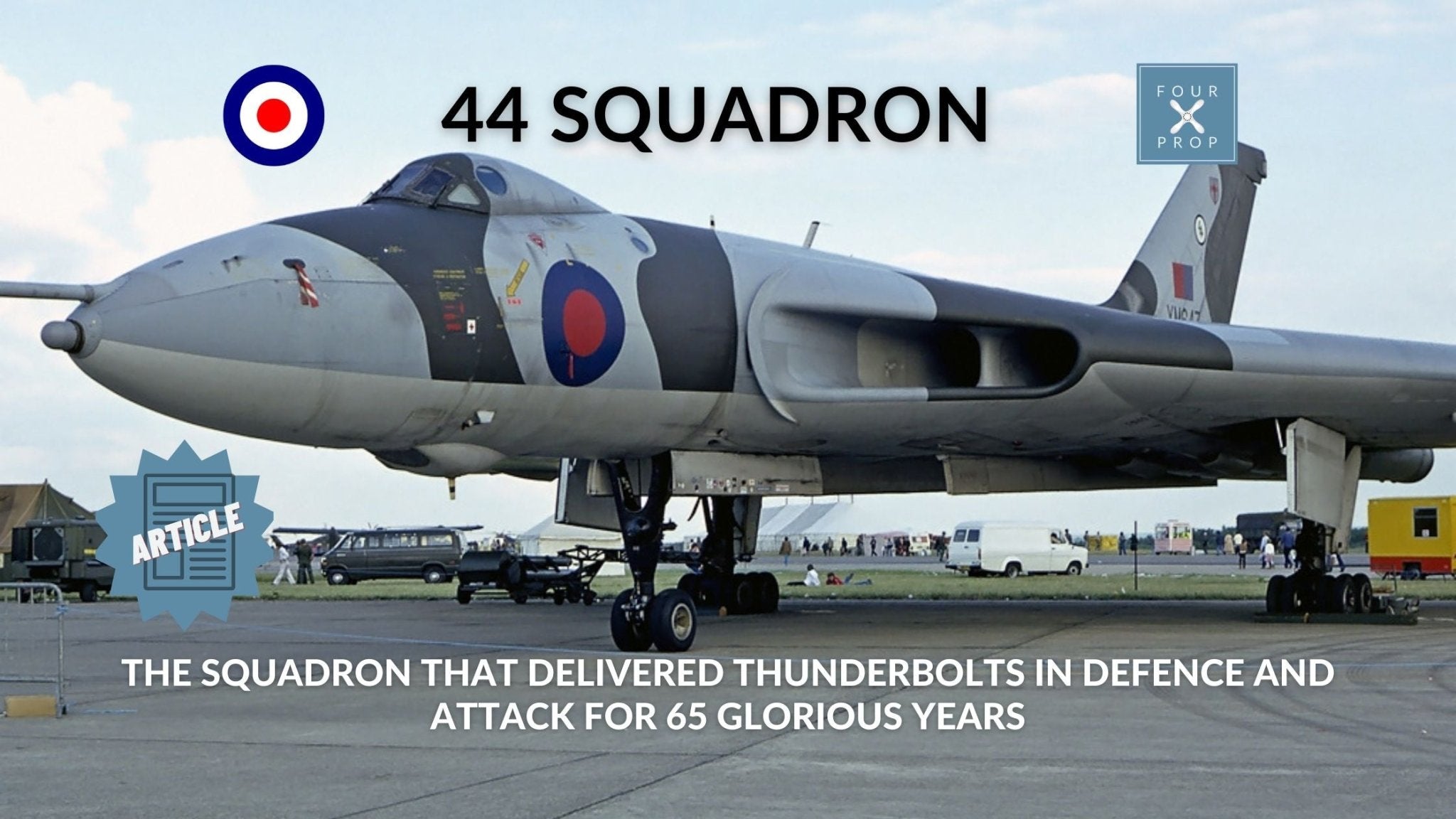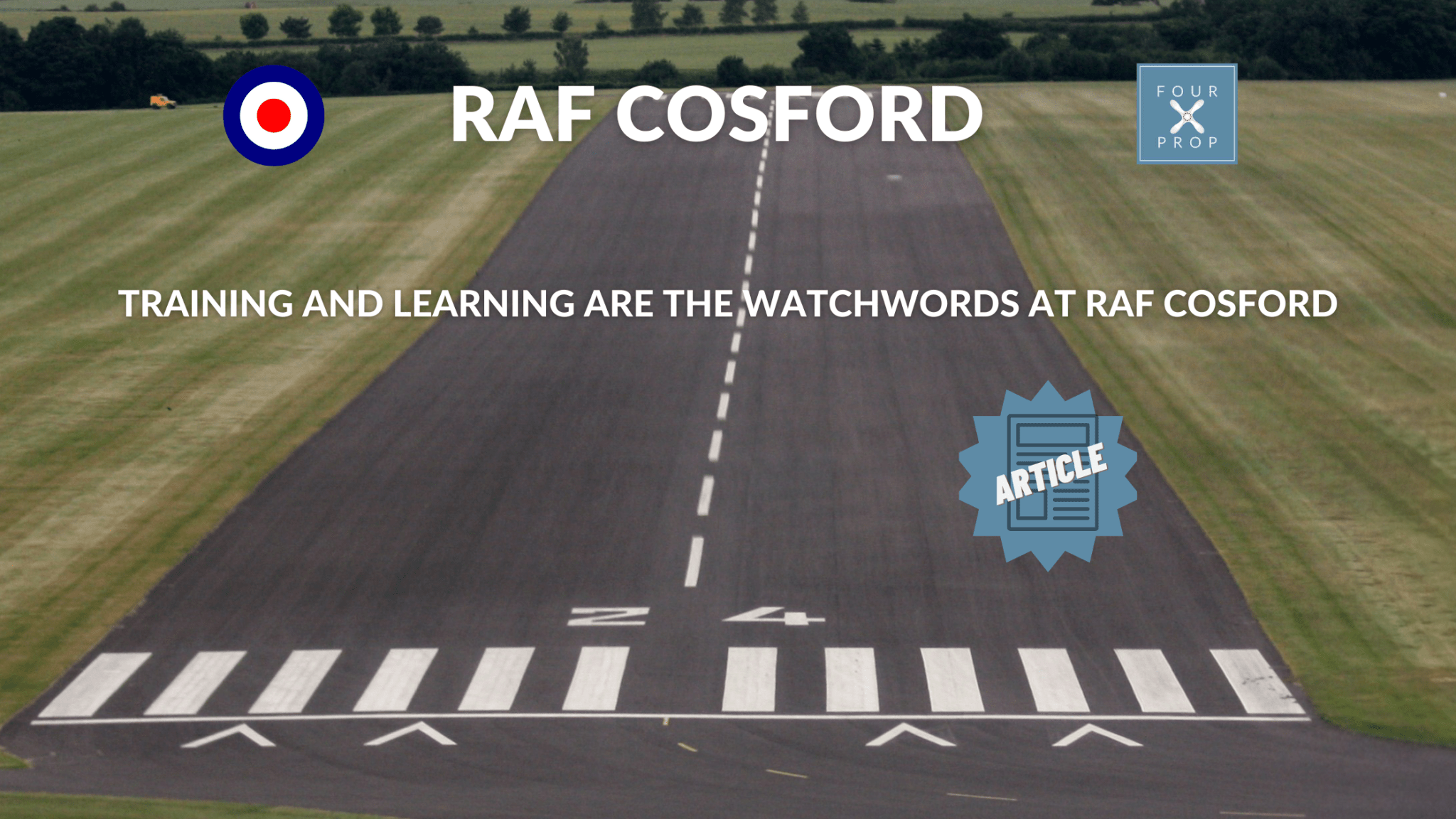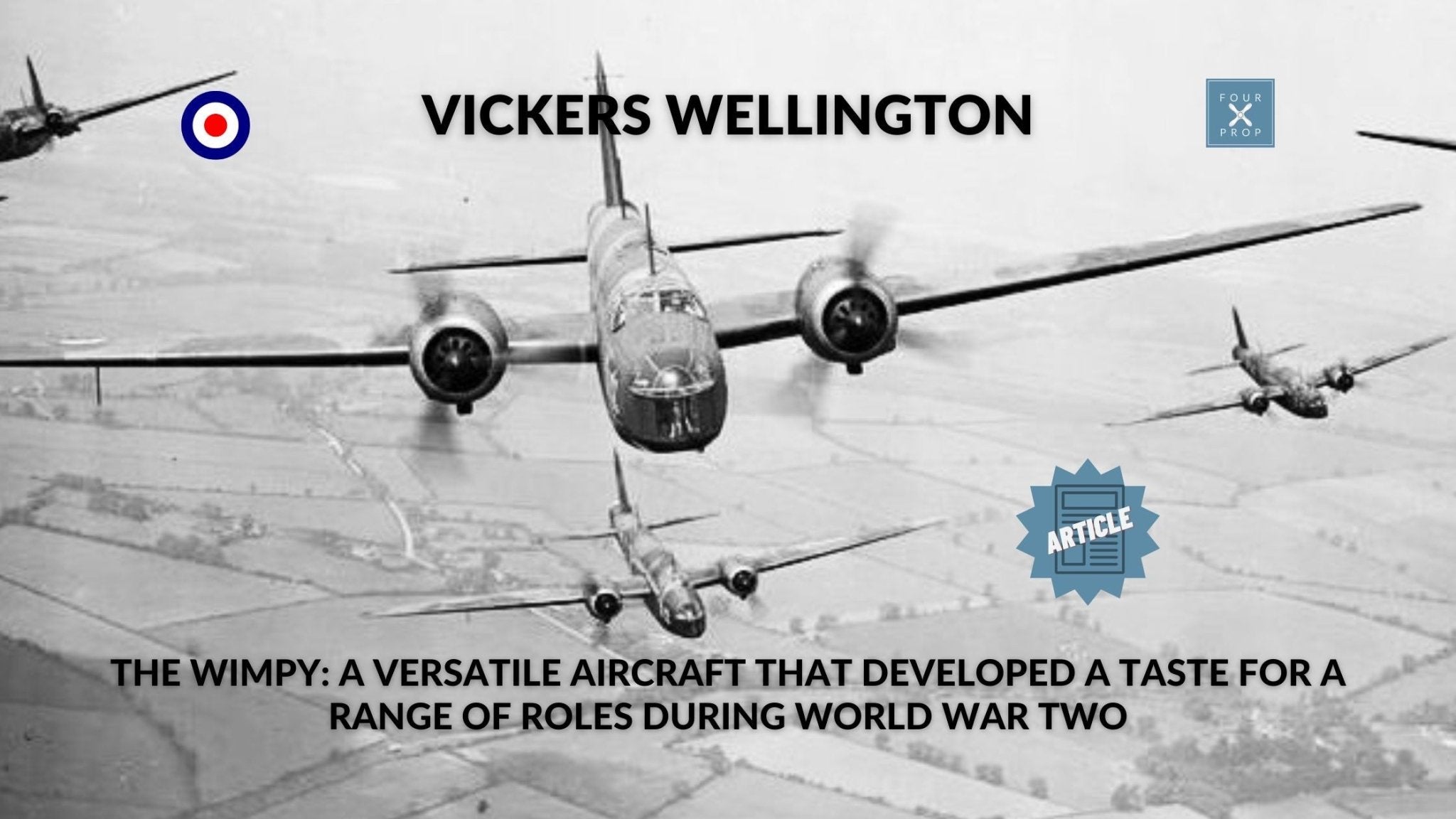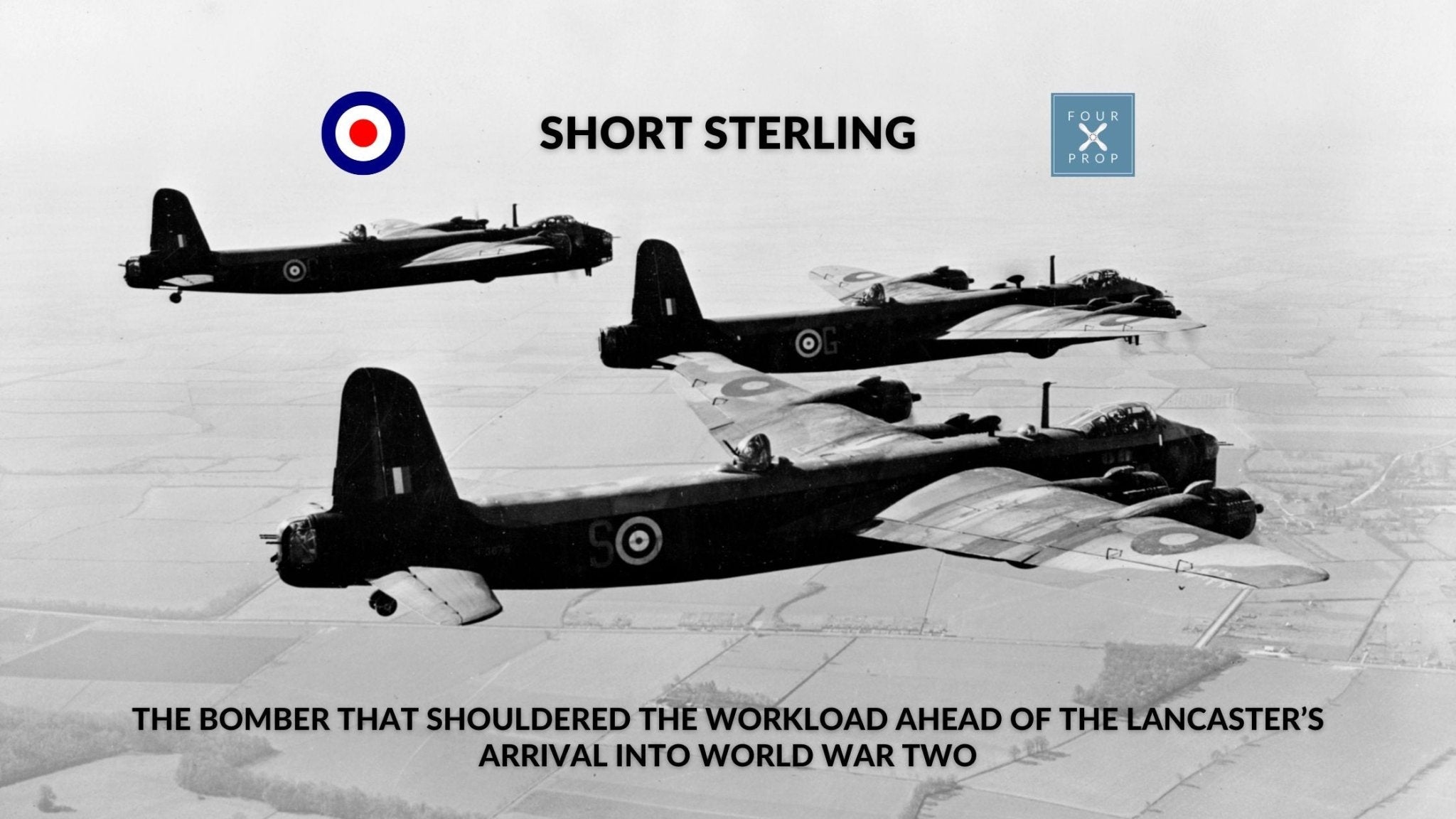A little slice of the US in a corner of the Cotswolds
FAIRFORD in Gloucestershire is a town very much associated with the RAF, but it is also a town that has equally strong links with the US military.
The location’s military station is the new home of the USAF combat-readiness wing in Europe, the latest in a long line of American commitments to working at the site, RAF Fairford opening in 1944 with the specific purpose of transporting both British and US troops to mainland Europe.
More recently, Fairford was in regular use by USAF B-52s, the only European airfield used by the US for its heavy bombers – the B52s flew from Fairford during the Iraq War in 2003 with its near two-mile runway also pencilled in as a potential site for NASA’s Space Shuttle to land in the case of an emergency. The Shuttle memorably landed at Fairford in May 1983, drawing huge crowds, but on that occasion it was attached to the back of a 747, and on its way to the Paris Air Show.
Fairford is currently operated as a ‘standby airfield’ with the longest runway in the UK described as having ‘an unrestricted load-bearing capacity’, able to support any aircraft carrying any load.

(Soldiers boarding aircraft for Operation Market Garden at RAF Fairford)
It was 1943 when Fairford was earmarked for development, along with 13 other sites across the south of England, to carry British and American troops into mainland Europe. The first squadron arriving was No. 620 equipped with the Short Stirling bombers, soon joined by No. 190 Squadron flying the same aircraft. While the primary role of the Stirling was as a bomber, they were used initially to perform parachute drops of troops and supplies, along with towing Airspeed Horsa assault gliders.
Post war, Fairford became one of the four stations – Brize Norton, Greenham Common and Upper Heyford the others – to be used as USAF Strategic Air Command sites. In 1950, the airfield was transferred to the USAF for strategic bomber operations, a new longer runway constructed to accommodate the US large bombers, with Convair B-36 Peacemakers arriving from Carswell in Texas.

(Boeing B-47 Stratojet in flight)
Soon after, B-47s arrived, the aircraft maintained at a heightened state of alert as relations with the Soviet Union deteriorated throughout the 1950s. Control of the station returned to the RAF in 1964, but US aircraft remained at Fairford during the Cold War including KC-135 Stratotankers, with the 1970s seeing the 11th Strategic Group activated at the station, the KC-135s used for refuelling support for all USAF operations in the UK, as well as participating in NATO exercises.
Fairford’s location made it an ideal station for USAF forward operations: it was used in the first Gulf War in 1991, B-52s and KC-135s from Eaker in Arkansas finding a temporary home in Gloucestershire. The B-52s were again in action from Fairford a decade later in the Iraq War, this time a fleet from Minot in North Dakota, and the station has been visited by the B-2 Spirit, more popularly known as the stealth bomber.
The importance of Fairford to NATO’s heavy bomber missions saw it receive around $100million in NATO funding to upgrade facilities, a development that continued throughout the 2000s to include climate-controlled hangars for B-2 stealth bombers.
In 2010, the USAF withdrew all uniformed staff from Fairford, leaving a civilian operating unit with the station under a ‘care and maintenance’ brief. It remains a designated standby base, capable of immediate reactivation within 48 hours, and it was used as a staging post for President Barack Obama’s visit to the NATO conference held in Wales in September 2014, Air Force One and support aircraft arriving on September 3.

(A US Air Force B-52H Stratofortress at RAF Fairford during 2019)
In 2010, the USAF withdrew all uniformed staff from Fairford, leaving a civilian operating unit with the station under a ‘care and maintenance’ brief. It remains a designated standby base, capable of immediate reactivation within 48 hours, and it was used as a staging post for President Barack Obama’s visit to the NATO conference held in Wales in September 2014, Air Force One and support aircraft arriving on September 3.
Heavy bomber exercises continued throughout the 2010s and in March 2019, the largest deployment of B-52s since the Iraq War arrived at the station – six landing from the 2nd Bomb Wing based at Barksdale in Louisiana. In the same year, Fairford hosted the U-2S Dragon Lady aircraft operated by the 99th Expeditionary Reconnaissance Squadron, spy planes supplying 24-hour intelligence gathering, operating at high altitude (70,000 feet).
Amongst other roles the station is home of the Royal International Air Tattoo, RIAT, the annual airshow officially recognised as one of the largest in the world – according to the Guinness Book of World Records the 2003 event was the largest military airshow ever with 535 aircraft in attendance.
It is now over 30 years since the infamous accident during RIAT ‘93 when two Mig-29s collided, the Russian jets welcomed at the event in the early years after the end of the Cold War. The aircraft were performing loops in low cloud and thankfully, both pilots successfully ejected and, somewhat amazingly, no-one on the ground suffered any serious injury.
The Tattoo regular attracts upwards of 150,000 visitors to the area, but it remains a secondary function of Fairford, with its primary role to support the USAF.
The event to mark the announcement of the move of the USAF combat-readiness wing saw Colonel Brian Filler of the 501st officially open the new HQ at Fairford, with staff and soldiers transferring from RAF Alconbury to the new headquarters.
“The eventual relocation will integrate a vital echelon of command in order to support flying operations at Fairford," said Colonel Filler. “It’s important we’re positioned to effectively carry out our mission and this move gives us the proximity required to do that.”
Before the 501st relocation, Fairford saw around £20million spent on upgrades and improvements of the infrastructure and personnel facilities.




